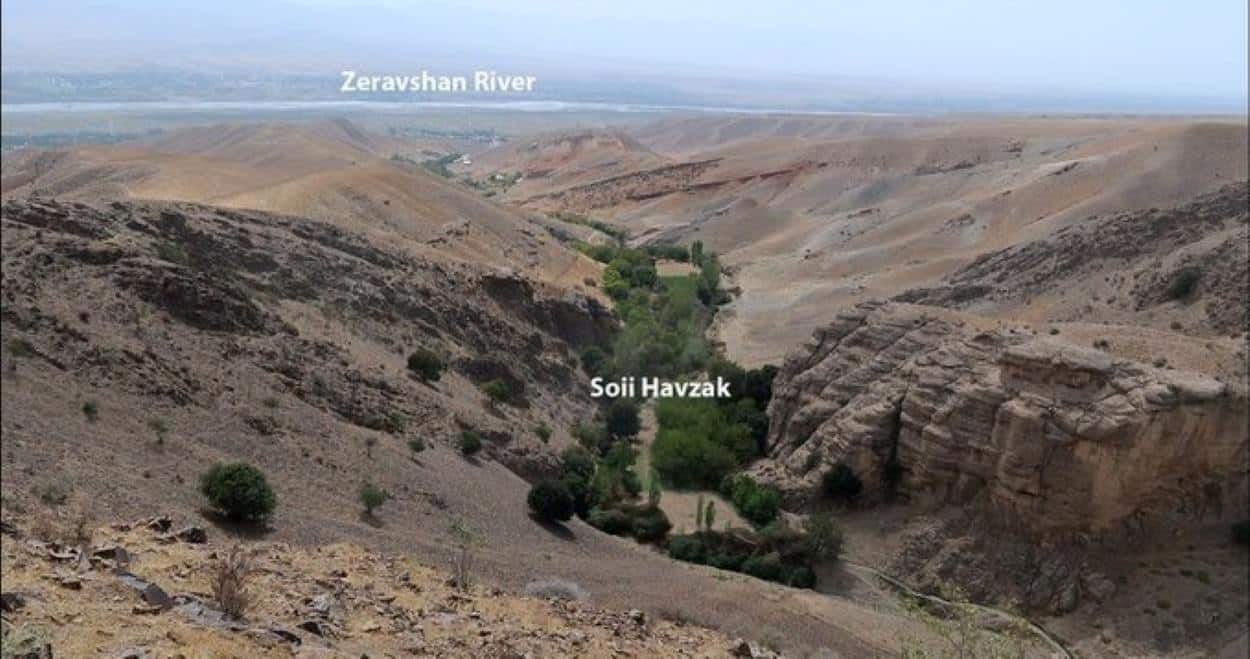Archaeologists have made a significant discovery in Tajikistan’s Zeravshan Valley, identifying a rock shelter that hosted Neanderthals, Denisovans, and Homo sapiens over a period extending 130,000 years.
The site, located along the Zeravshan River within the Inner Asian Mountain Corridor (IAMC), enhances our understanding of ancient human migration patterns. Researchers suggest that this corridor facilitated interactions among diverse human groups, illuminating aspects of their coexistence in Central Asia.
Discovering Ancient Paths
Led by Dr. Yossi Zaidner from the Hebrew University of Jerusalem, the excavation team unearthed evidence indicating long-term habitation, including stone tools and animal remains dating from 150,000 to 20,000 years ago. Zaidner highlights the strategic importance of the IAMC as a nexus for varying populations to converge, offering “crucial” insights into the region’s prehistoric demographic landscape.
Insights from Soii Havzak
The variety of artefacts found at Soii Havzak, such as stone blades, crafted flints, and remnants of controlled fire use, point to this shelter being a recurrent refuge for different groups. These findings underscore the Zeravshan Valley’s role in ancient migration networks, potentially serving as a vital corridor for early humans spreading across continents.
The Valley’s Broader Historical Role
The Zeravshan Valley’s historical significance extends beyond prehistory into the era of the Silk Road, suggesting continuous use of this route to connect major civilizations like China and Rome. Ongoing research at Soii Havzak is expected to illuminate further this area’s role in facilitating ancient human migrations and cultural exchanges during the Middle Paleolithic period.






